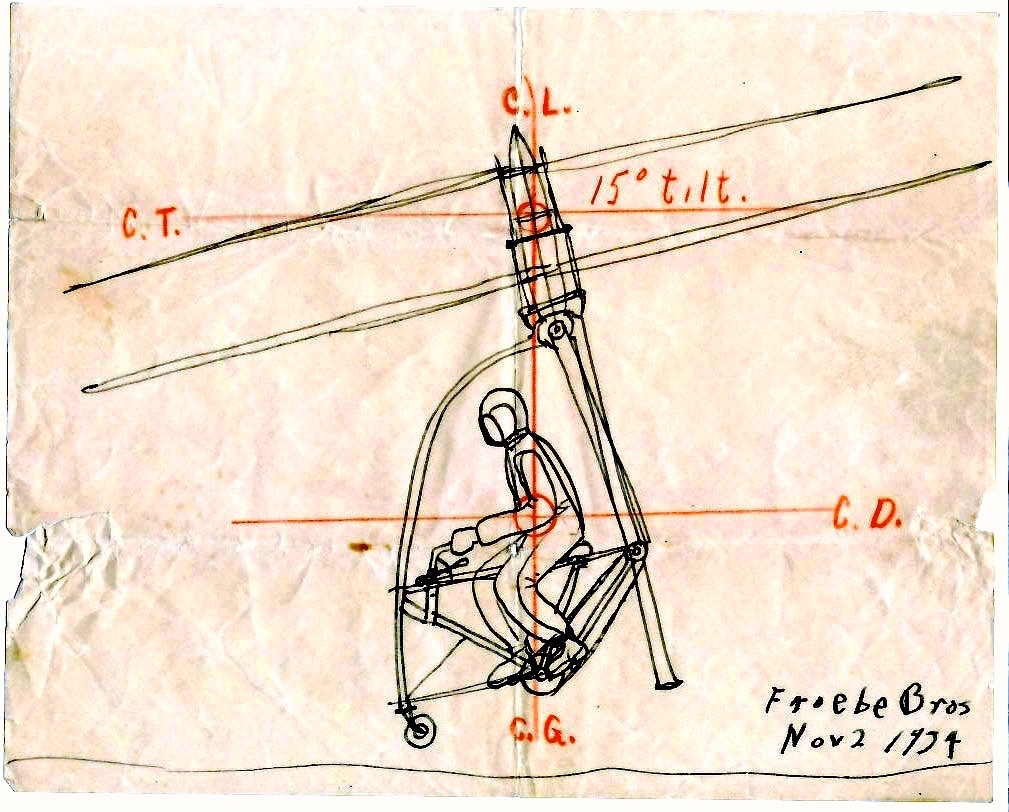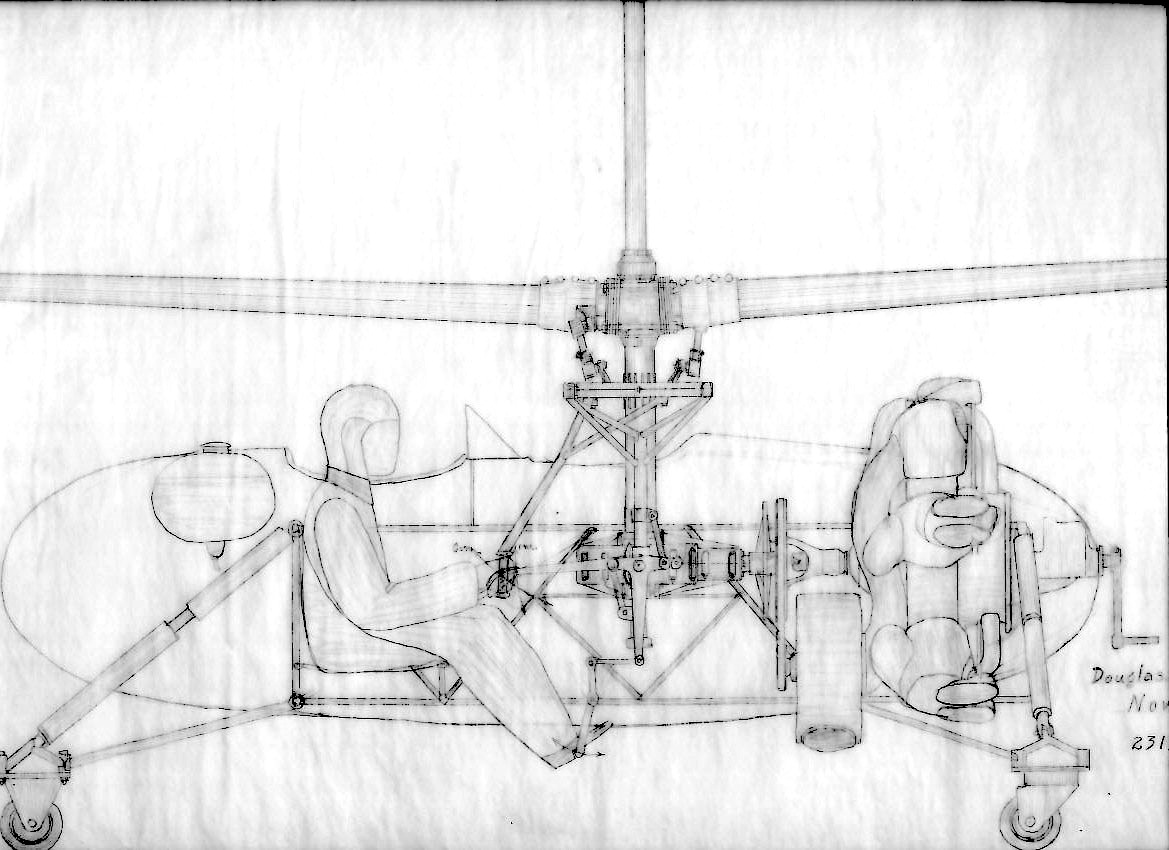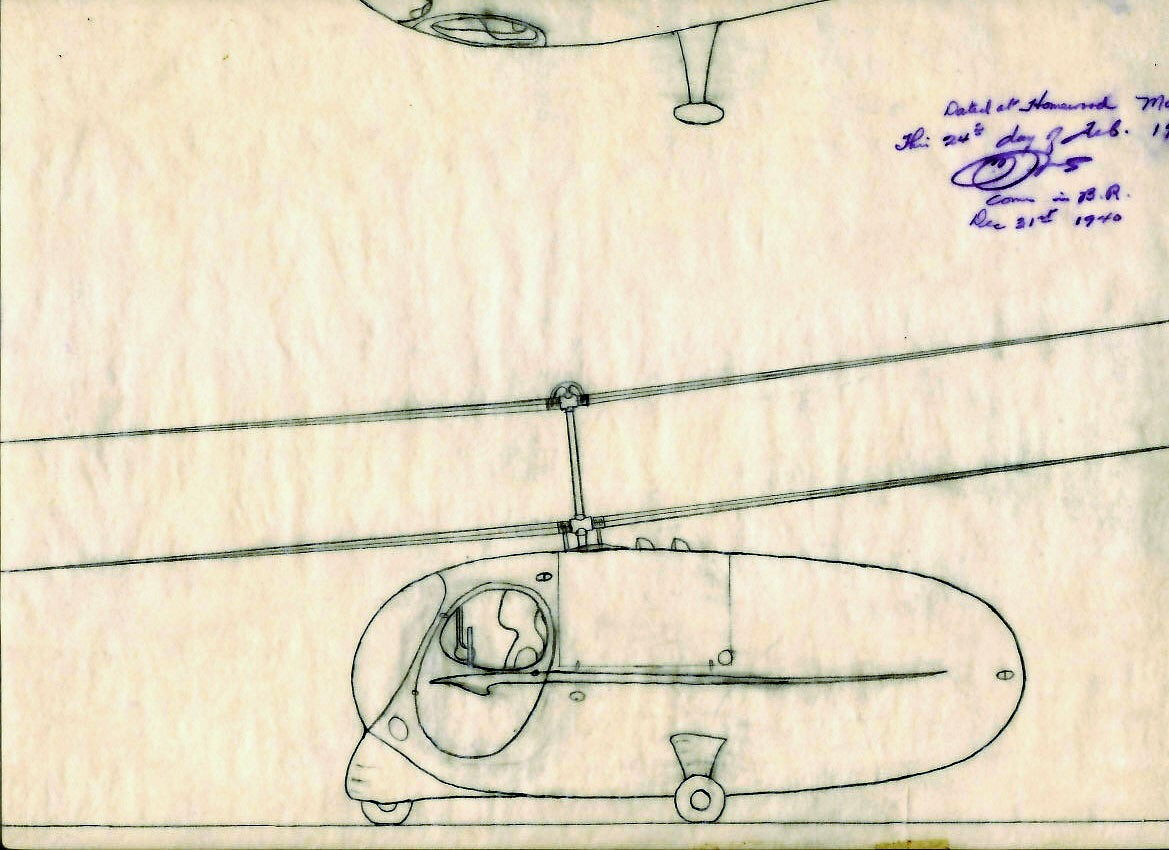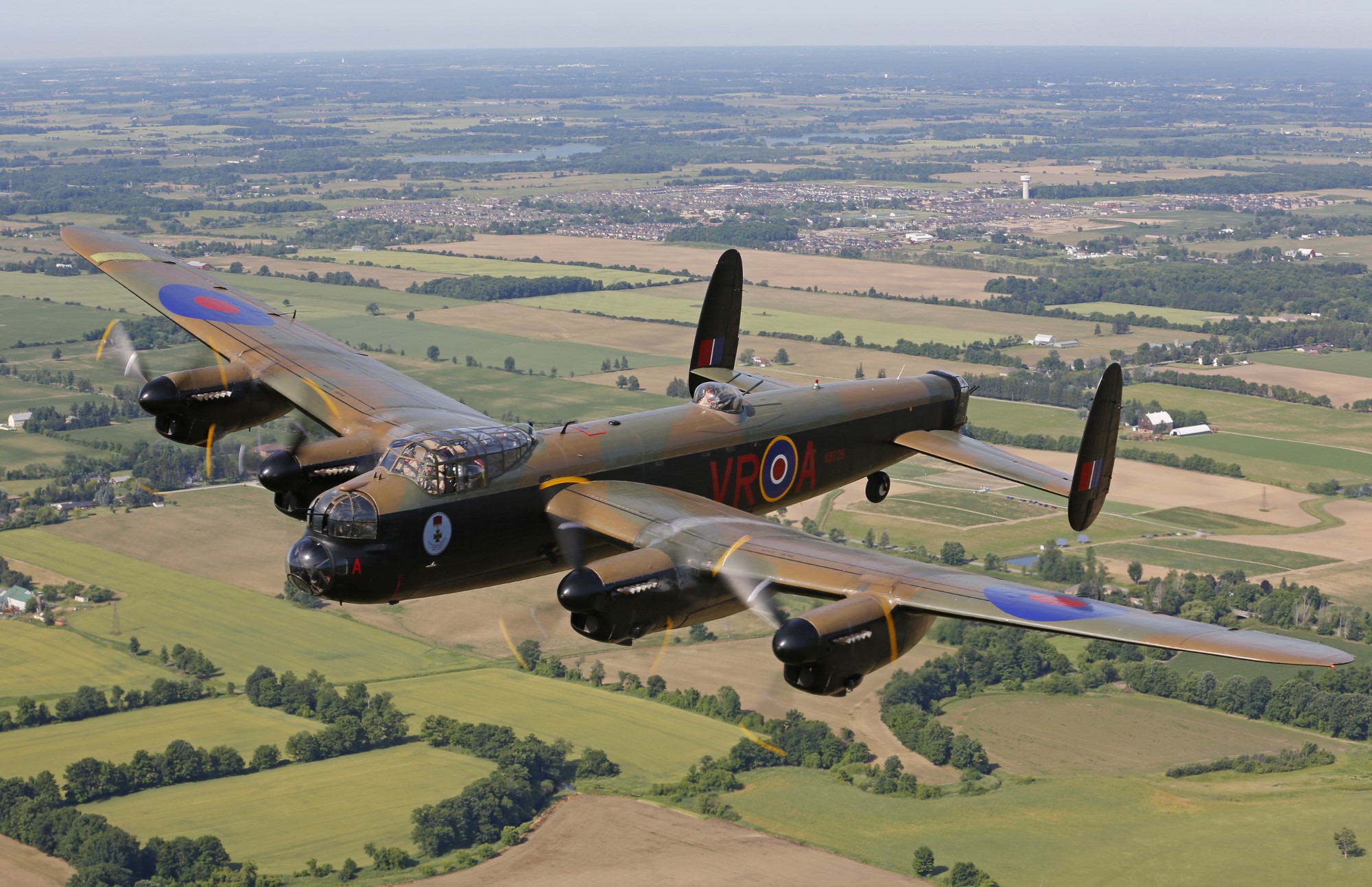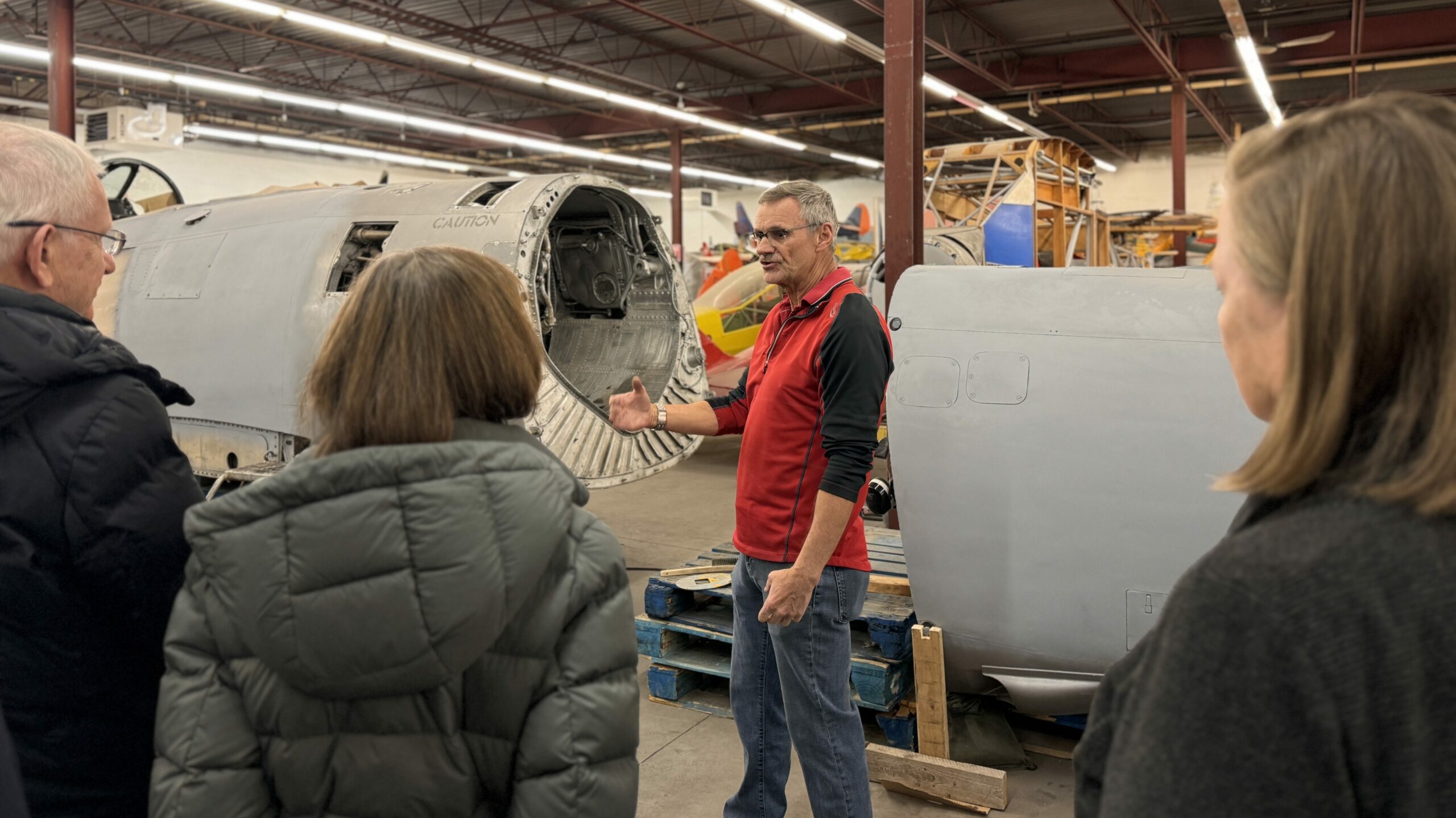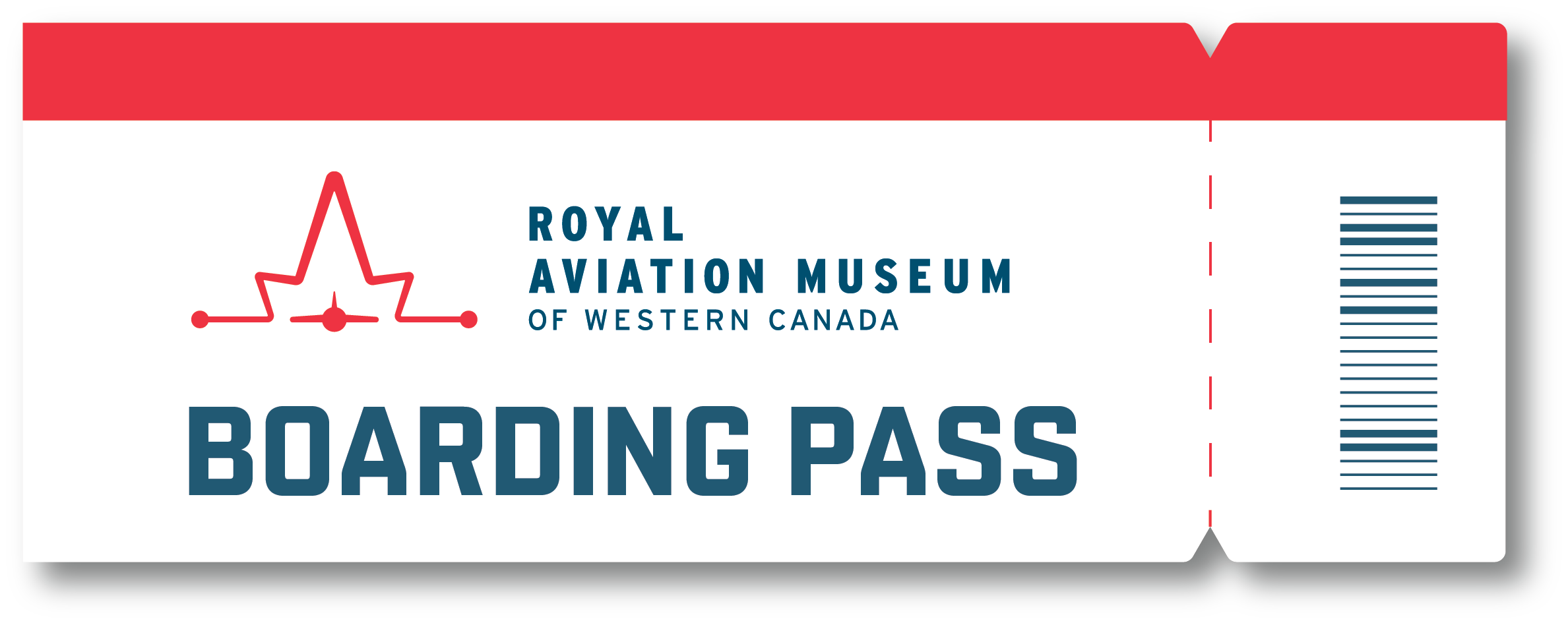March 6, 2023
This zany-looking artefact was built back in 1930 by three brothers on their farm in Homewood, Manitoba.
Anyone visiting the Royal Aviation Museum will quickly recognize the Froebe Helicopter as a unique piece of engineering. The fact it was designed and built from scrap parts by three farm boys, without formal engineering training, makes the story that much more inspiring.
The Froebe family moved to Homewood, Manitoba from Chatsworth, Illinois in 1921. The three brothers, Doug, Nick, and Theodore, had a keen interest in aviation from an early age. They educated themselves by reading flight manuals and aviation magazines such as Mechanics Illustrated. The construction of a Heath Parasol airplane from a home-built kit also aided their training. This background gave them the confidence to build the first helicopter to fly in Canada out of scrap and a broken-down truck.
Before the brothers began work on their helicopter, Doug Froebe travelled through the United States to meet with designers. Some experts were helpful, but many were not. Most of these designers were aware of a helicopter project that was going on at the Curtis plant in which $100,000 had been spent without results. This gave helicopters a bad reputation.
Doug Froebe hitchhiked to Dearborn Michigan to meet William Stout who was thought to be an “outside of the box” sort of thinker. When Doug asked Stout about his plans to build a helicopter, Stout gave him a dollar and told him to hitchhike back to Homewood.
This did not stop Doug Froebe and his brothers from building what would later be considered the first helicopter created in Canada. The brothers purchased a 4-cylinder air-cooled Gypsy engine from a dealer in California for $100. The steel tubing for the frame was picked up from McDonald Aircraft Supply in Winnipeg. A Ford truck fly wheel with a clutch that coupled the engine to the pinion gear was used to attach the other components together. The gas tank, which had been taken from a tractor on their farm, was placed on the back of the helicopter half full for balance.
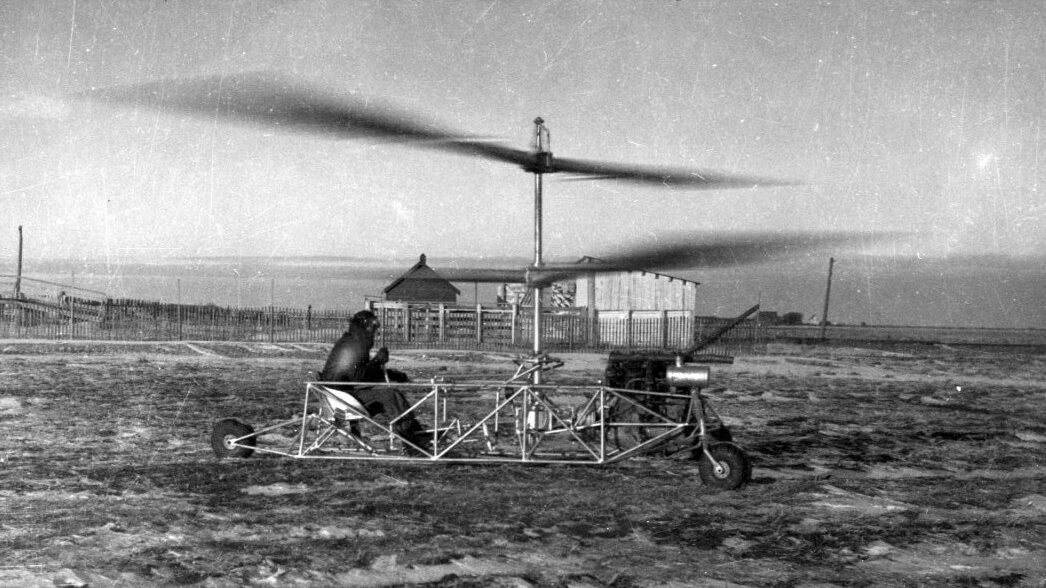
The first flights began in the latter half of 1937. The first flight made it three feet above the ground and the last recorded flight on March 2, 1939 had the same height.
The story of the Froebe helicopter remains an astonishing achievement for three young men who grew up isolated on their farm, far from the research and experimentation taking place in large cities. The Froebes’ success goes to show that a little confidence and determination can accomplish the impossible.
Read more about the Froebe brothers’ adventures and innovations here.

